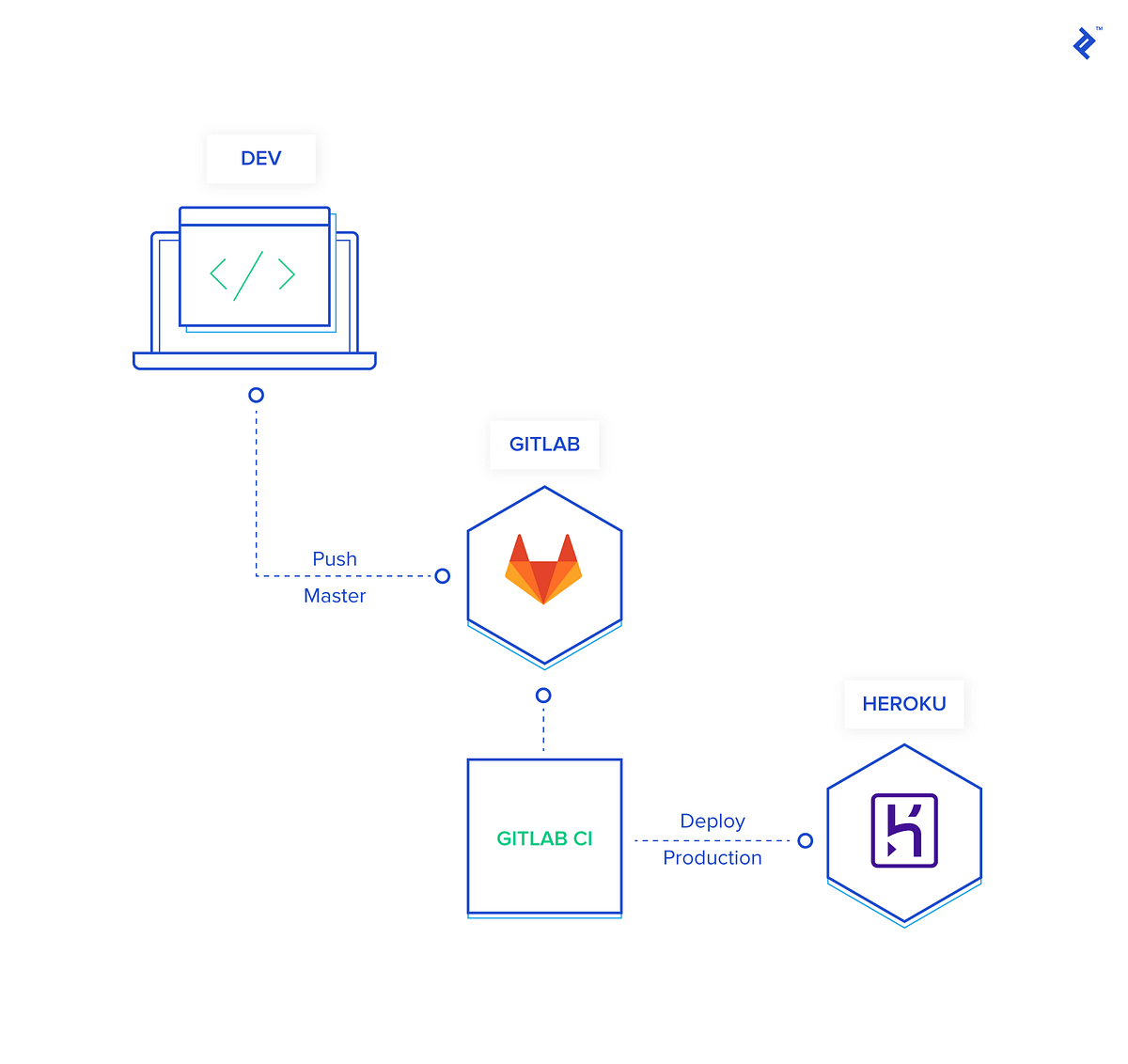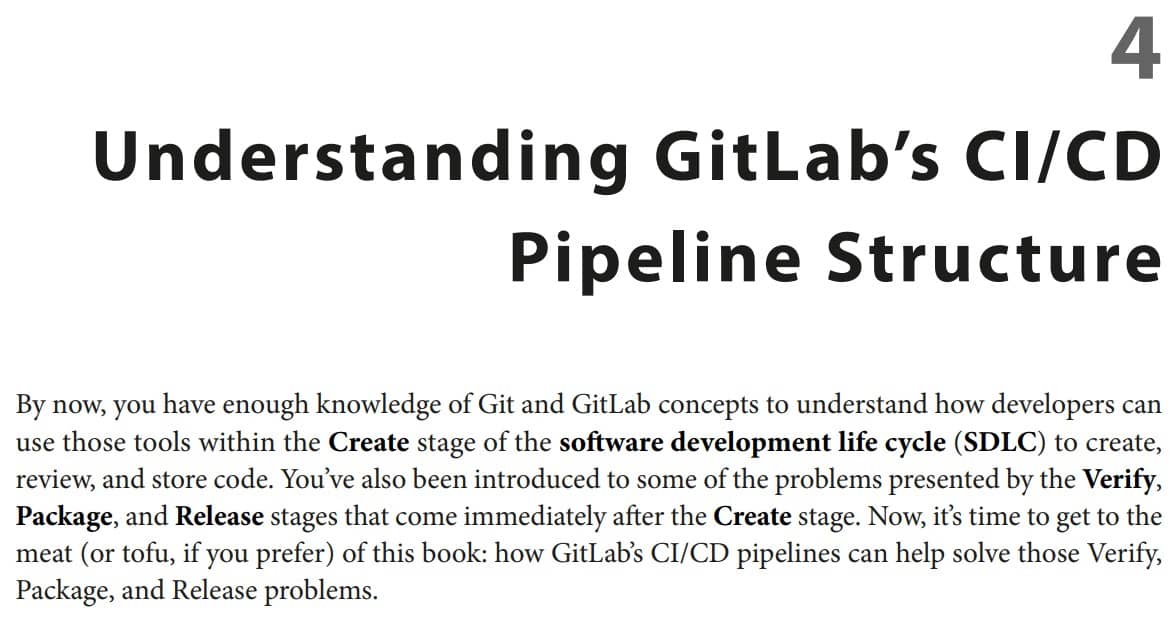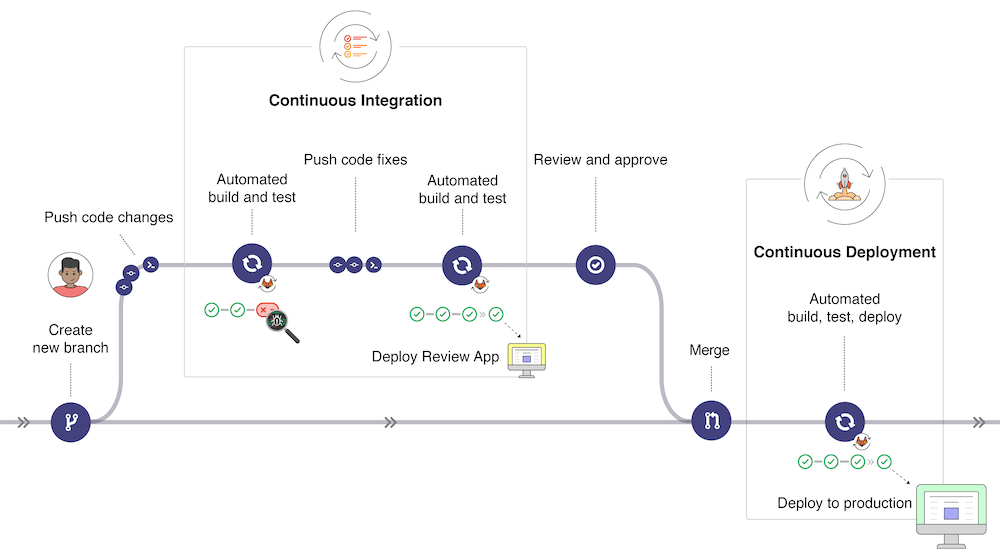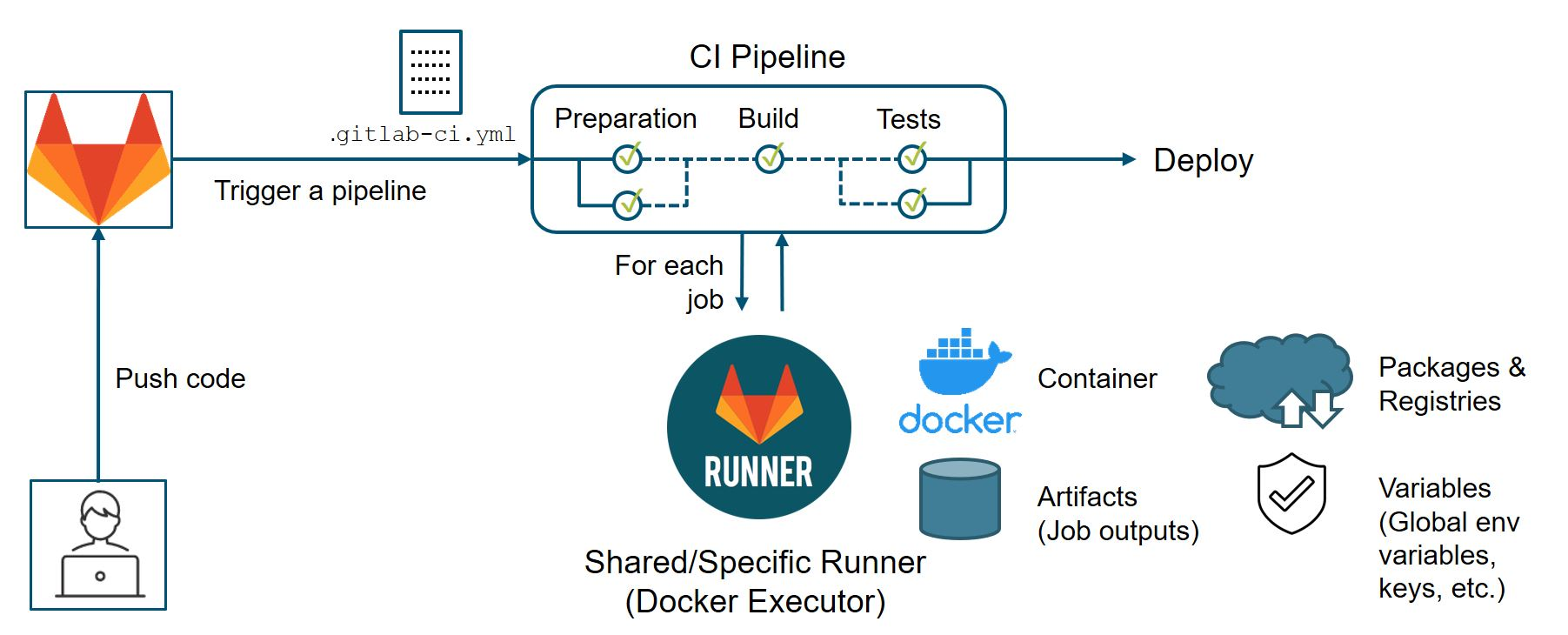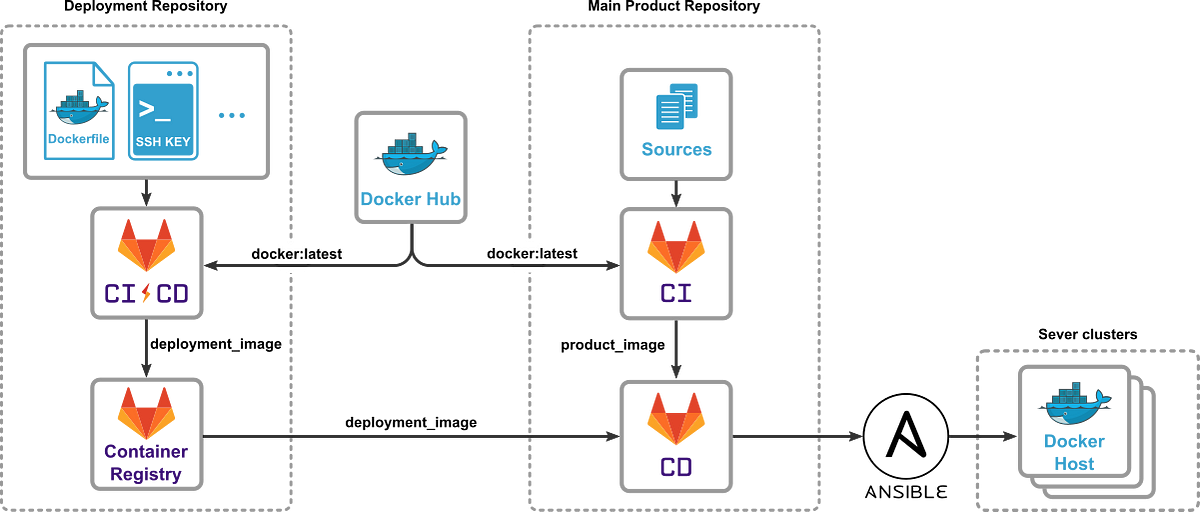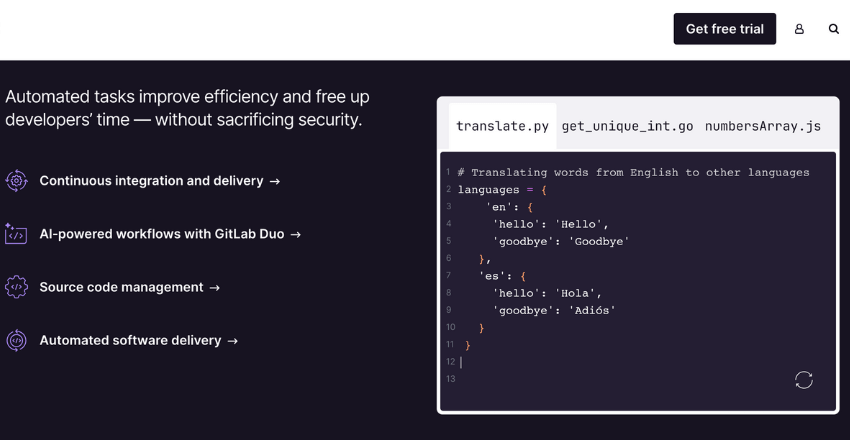Automating Devops With Gitlab Ci/cd Pipelines

DevOps teams are scrambling to implement automated CI/CD pipelines using GitLab as pressure mounts to accelerate software releases and improve application reliability. The move promises faster deployments, reduced errors, and significant cost savings for organizations that can successfully navigate the transition.
GitLab's integrated CI/CD capabilities are being leveraged by companies globally to streamline their software development lifecycle, automating build, test, and deployment processes. Experts are warning that those lagging behind risk falling behind in an increasingly competitive market driven by rapid innovation and user expectations for seamless digital experiences.
The Urgency of Automation
The demand for faster software delivery is forcing organizations to rethink their development practices. Traditional manual processes are no longer sustainable.
Automated CI/CD pipelines are now essential for achieving the speed and agility required to stay competitive. Organizations are reporting significant reductions in deployment times and increased release frequency after implementing GitLab CI/CD.
GitLab CI/CD: Key Features and Benefits
GitLab CI/CD offers a comprehensive suite of features designed to automate every stage of the software development lifecycle. These include automated building, testing, and deployment workflows.
Key benefits include faster time to market, reduced deployment errors, and improved collaboration among development and operations teams. According to a recent survey by Forrester, companies using GitLab CI/CD reported a 20% increase in deployment frequency and a 15% reduction in error rates.
Automated Testing
Automated testing is a cornerstone of successful CI/CD pipelines. GitLab CI/CD allows teams to integrate various types of tests, including unit tests, integration tests, and end-to-end tests.
This ensures that code changes are thoroughly validated before being deployed to production. Automated testing helps to catch bugs early in the development cycle, reducing the risk of costly errors in production.
Continuous Integration
Continuous Integration (CI) is the practice of frequently integrating code changes from multiple developers into a shared repository. GitLab CI/CD automates the process of building and testing code each time a developer commits a change.
This helps to identify and resolve integration issues early on, preventing them from becoming major problems later. Early detection of issues is critical.
Continuous Delivery
Continuous Delivery (CD) extends CI by automating the process of releasing code changes to a production-like environment. GitLab CI/CD enables teams to automate the entire deployment pipeline, from building the application to deploying it to staging or production environments.
This allows for faster and more reliable releases, reducing the risk of deployment failures. This reduces human error.
Implementation Challenges and Solutions
Implementing GitLab CI/CD pipelines can be challenging, particularly for organizations with complex infrastructure or legacy systems. Common challenges include configuring pipelines, managing dependencies, and ensuring security.
Organizations are addressing these challenges by investing in training, adopting infrastructure-as-code (IaC) practices, and implementing robust security measures. Clear guidelines and proper training are key.
Infrastructure as Code (IaC)
Infrastructure as Code (IaC) involves managing infrastructure using code rather than manual processes. GitLab CI/CD integrates seamlessly with IaC tools like Terraform and Ansible.
This allows teams to automate the provisioning and management of infrastructure, ensuring consistency and repeatability. Using IAC prevents snowflake servers.
Security Considerations
Security is a critical consideration when implementing CI/CD pipelines. GitLab CI/CD provides features for securing pipelines, such as secret management and vulnerability scanning.
Organizations must implement robust security measures to protect sensitive data and prevent unauthorized access to their systems. Security should be considered from the start.
Real-World Examples
Several organizations have successfully implemented GitLab CI/CD pipelines to improve their software development processes. These include companies in the financial services, e-commerce, and healthcare industries.
For example, Acme Corp, a leading e-commerce company, reduced its deployment time from several hours to just minutes by implementing GitLab CI/CD. They also reported a significant reduction in deployment errors.
The Future of DevOps with GitLab
GitLab CI/CD is expected to play an increasingly important role in the future of DevOps. As organizations continue to adopt cloud-native technologies and microservices architectures, the need for automated CI/CD pipelines will only grow.
GitLab is continuously evolving its CI/CD capabilities, adding new features and integrations to meet the evolving needs of its users. Future development include a stronger focus on AI.
Next Steps
Organizations looking to implement GitLab CI/CD should start by assessing their current development processes and identifying areas where automation can provide the greatest impact. Start with a pilot project.
They should then invest in training and tooling to support the implementation of automated pipelines. Continuous monitoring is essential.
